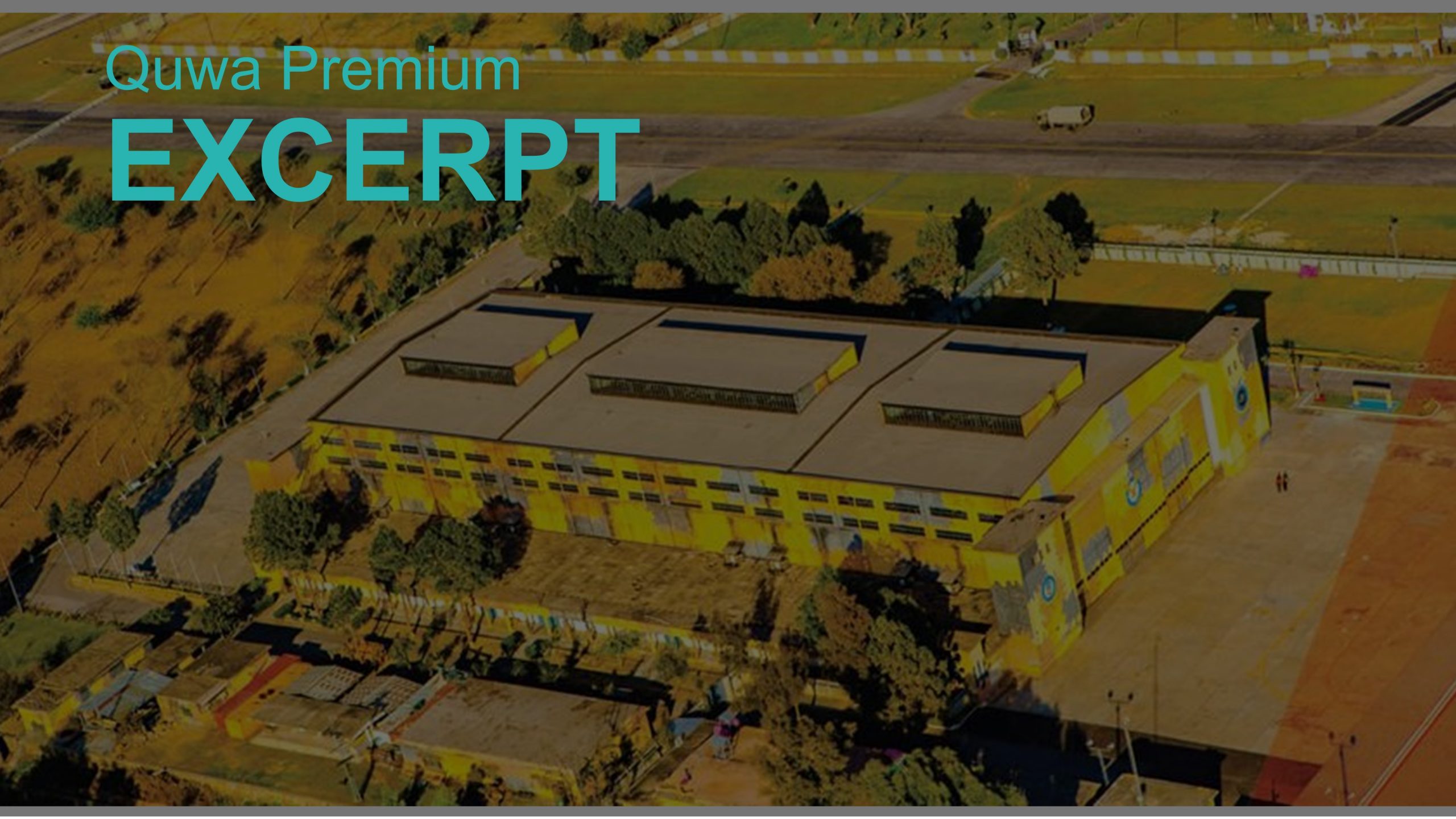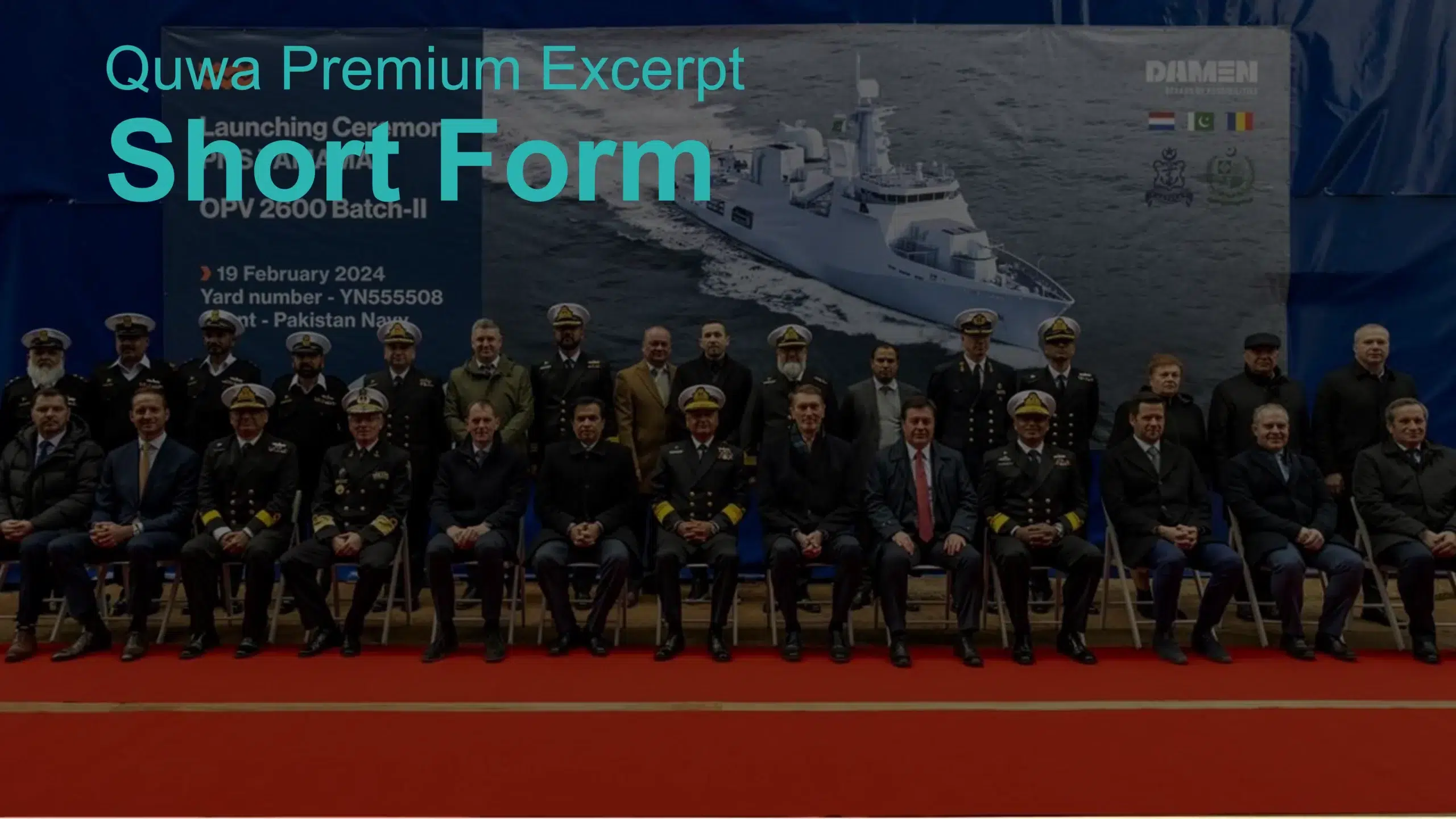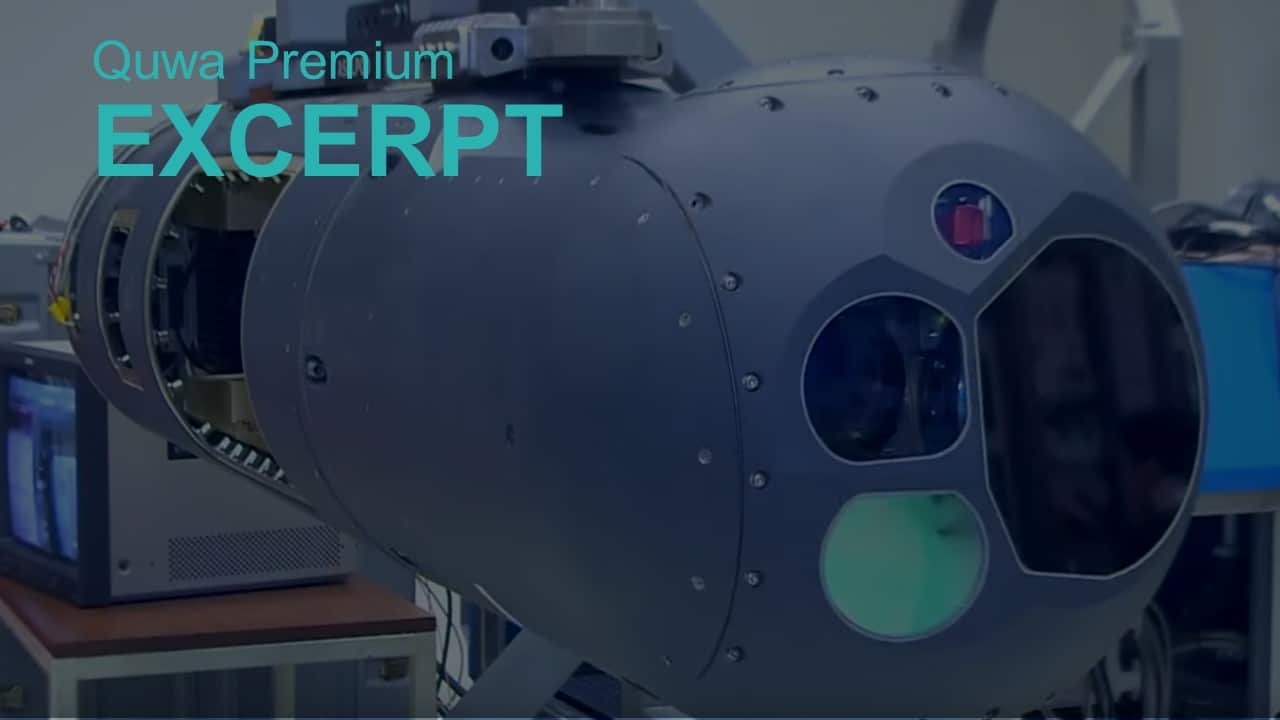2362Views

“Industry-Academia Linkages” in the Pakistani Context
Author Profile: Syed Aseem Ul Islam is PhD candidate at the University of Michigan, Ann Arbor, USA, specializing in adaptive and model-predictive flight control systems. He received his bachelor’s degree in aerospace engineering from the Institute of Space Technology, Islamabad, and his master’s degree in flight dynamics and control from the University of Michigan.
Several Pakistani industries and universities advertise deep and fruitful industry-academia linkages in their promotional materials. However, one struggles to see the fruits of these so-called linkages in either academia or industry. Be it as either research output or innovating industries, the results are not apparent.
Of course, there are successful models followed by industries and universities all over the world that are a testament to industrial-academic collaboration. Therefore, this begs the question: what went wrong in Pakistan, and why are its universities and industries failing to support each other?
The word “industry” in this context refers to any organization whose stated purpose includes some level of research and development (R&D). This can range from large private sector manufacturing entities that undertake small-scale research for improving their manufacturing processes, to a state-owned defence organization whose primary purpose is R&D of cutting-edge military hardware.
In this article we will refer to any organization willing to collaborate with universities as a “research organization”, even if that organization’s primary goal is manufacturing or services, and not research.
Interestingly, Pakistan possesses a sizeable university ecosystem with several internationally competitive universities. Especially since the higher-education boom of the early 2000’s, the number of universities in Pakistan has mushroomed, and with it, the number of graduates being produced.
However, this influx of graduates with bachelor’s and master’s degrees has not had the effect perhaps expected by the people who envisioned this policy for higher education.
How Universities and Industries Benefit Each Other
It might not be directly obvious why a research organization would choose to spend hard-earned profits on university students, especially those students who have limited inherent interest in the goals of the research organization. However, as any successful businessperson will tell you, innovation is key to survival. For military R&D organizations, this is doubly true. Seemingly small investments in R&D can pay large dividends over the long term and may lead to game-changing technologies. In turn, these gains could help the research organization grow and/or capture more market-share…[end of excerpt, subscribe to Quwa Premium to read the full article].
What Industries Do Wrong
The most obvious thing research organizations do wrong in Pakistan is entering the conversation with the wrong expectations. Research organizations expect to fund a final-year project of a student in their fourth year of bachelor’s program with around PKR 100,000 with the goal of receiving a completed subsystem or some testbed of direct use to the organization. This model of funding is shockingly common in Pakistan, and whenever you hear about “industry-academia linkages,” this is probably what you are hearing about.
This model is flawed for several reasons.
Firstly, fourth-year undergraduate students are not trained for research and are already burdened with their graduation requirements. These students are possibly the worst choice for research as their primary goal is finishing their program, and not product design.
Secondly, amounts like PKR 100,000 – which are meant to cover material expenses – do not motivate the student to put in any work. Only paying for expenses is expecting free labor from an already overburdened student who, in all likelihood, is paying their own fees….[end of excerpt, subscribe to Quwa Premium to read the full article].
A Better Way to Do Things: Industries
The most important thing that ought to occur in Pakistan’s industry-academia landscape is realignment of expectations of research organizations. There is a flawed perception that research is a short-to medium-term endeavor, when in fact it is a long-to very-long-term mission.
Research organizations need to limit funding to single-year projects and, instead, fund two-to-five-year projects. This will allow continuity of work on the part of university researchers and allow them to organize their graduate students and teaching accordingly. This will also enable university professors to assign research tasks to graduate students who have multi-year commitments to their postgraduate programs and, in turn, are much better suited to doing research…[end of excerpt, subscribe to Quwa Premium to read the full article].
What Universities Do Wrong?
As described earlier, universities have two core pillars: undergraduate education and research. It can be argued that the focus in Pakistan has disproportionately been on undergraduate education. This can be seen by the large number of universities that are enrolling growing numbers of students for bachelor’s programs. Focus on research has been flawed in several ways (something that requires exploration outside this article), which has resulted in master’s and doctoral degrees not leading to internationally recognized research. These lopsided priorities are directly responsible for limiting Pakistani universities from reaching their true potential…[end of excerpt, subscribe to Quwa Premium to read the full article].
A Better Way to Do Things: Universities
If universities want to carry out research, then professors engaged in research must be limited to only teaching three to six credit hours each semester (without getting reduced pay or losing their jobs).
The incentive structure for research must also change. Professors should not be expected to publish an arbitrary number of research papers each year. Rather, universities should primarily focus professors on obtaining external funding from research organizations and government funding agencies.
The requirements for publication in internationally recognized journals should be part of the externally funded projects. This incentivizes real research as opposed to the paper mills that our universities have unfortunately become. This also brings in much needed funding for research at universities that allows them to fulfil their original purpose…[end of excerpt, subscribe to Quwa Premium to read the full article].
In the absence of the right attention and funding from local organizations, foreign organizations have started to take interest in taking advantage of Pakistan’s dormant research potential…
End of Excerpt (900/2,154 words)
You can read the complete article by logging in (click here) or subscribing to Quwa Premium (click here).
Get More Insights on Pakistan’s Defence R&D Efforts:


